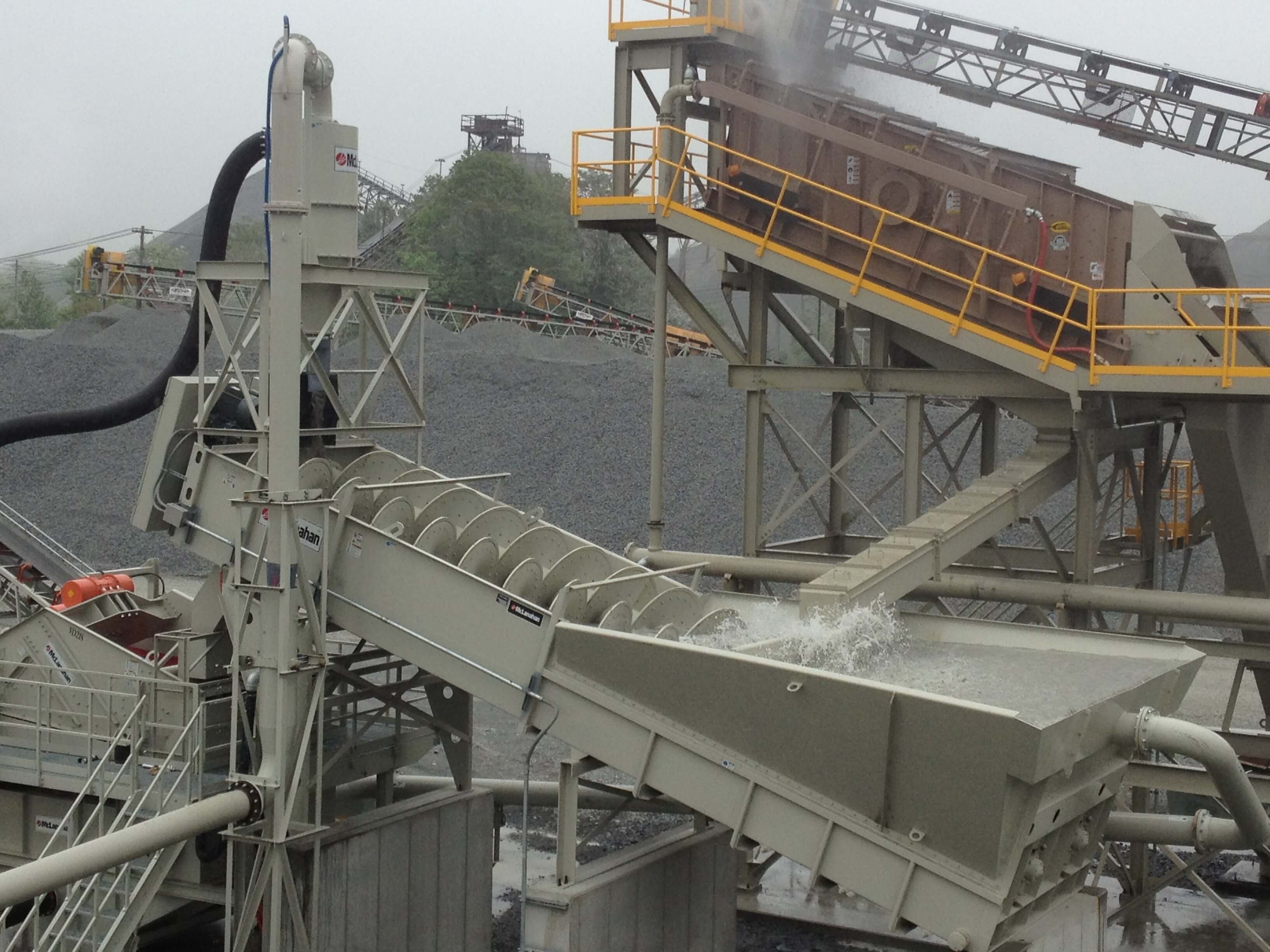For every Scavenger Systems application, McLanahan evaluates the classification process already in place by taking a sample of the waste stream on site and sending it back to McLanahan’s in-house lab for testing. From the tests, McLanahan can determine exactly how a Scavenger System will perform when placed into the process.
Once installed, McLanahan Scavenger Systems benefit an application in two ways. First, they recover material out of the waste stream that would have been destined for the settling pond. Sending less material to the settling pond prevents the pond from filling up too quickly and reduces the frequency of which it needs to be mucked out.
Second, the recovered material is added back into the product pile to increase the amount of salable material while still meeting the required gradation. Additional material in the product pile means additional dollars in your pocket.







